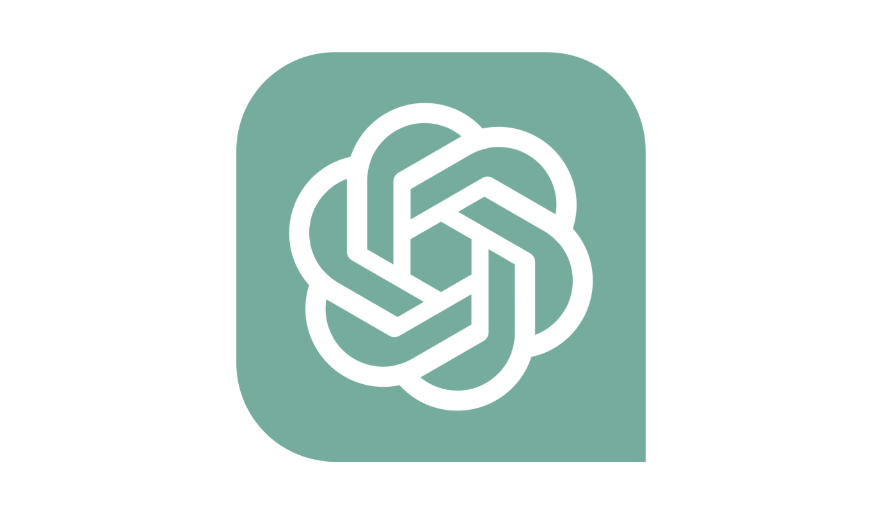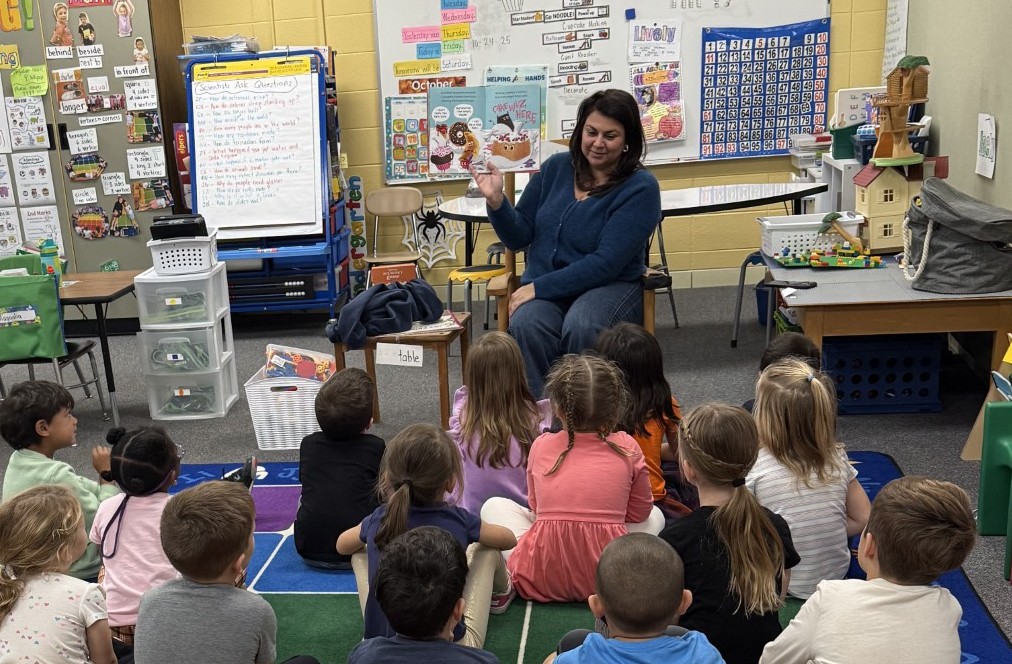ChatGPT Talks Now. What Does That Mean For Teaching?
OpenAI’s Advanced Voice Mode ChatGPT assistant is light years ahead of more common voice assistants, and can sometimes be so lifelike, it’s spooky.

ChatGPT’s voice assistant is the next step in AI technology that is sure to have implications for teaching and the future of education.
Advance Voice Mode is a new feature that allows users to chat with ChatGPT in real-time. If you’re thinking that sounds like Amazon or Apple’s well-known voice assistants Alexa or Siri, you’d be right, but also wrong. This technology feels light years ahead of those often comically clumsy voice assistants.
Speaking with ChatGPT in Advanced Voice Mode is natural, quick, and so lifelike it is downright spooky at times. The process can feel as intriguing and unsettling as first interacting with ChatGPT did. It also has a feature that lets it use your phone’s camera to comment on your environment.
As an educator, I’m particularly interested in exploring the applications of ChatGPT’s voice assistant for education. To that end, I asked it to tutor me in various topics, and tested its ability to recognize features of the real world. Across the board, I was left impressed and expect this type of technology will become a part of some educational settings going forward.
What Is ChatGPT’s Advanced Voice Mode?
ChatGPT’s advanced voice mode is a feature that lets you talk with the AI chatbot rather than message with it. Users get to choose from several life-like voices of various genders, accents, and styles. I chose a voice with a British accent because it reminded me of Iron Man’s AI pal J.A.R.V.I.S.
Once you’ve selected a voice option, you can start chatting away the same way you might with the text version of the app. Though the experience feels very different. I found myself apologizing when I had to end a session, and feeling like I was on the phone with a real live person.
The merging of voice assistant technology and the latest generative AI models is starting to heat up. Amazon is readying the release of Alexa+ an LLM-powered version of Alexa. Sesame, an AI voice assistant app from Oculus co-founder Brendan Iribe, has gone viral and received great reviews. Perhaps to keep pace, OpenAI recently released updates for its Advanced Voice Mode, allowing for more natural conversations.
Tools and ideas to transform education. Sign up below.
What Is Using This Tool Like?
To use ChatGPT’s voice assistant, all you have to do is open the ChatGPT app on your phone or navigate to the tool on your browser. On the right side of the text box is an icon with wavy lines. Click on that to enter voice mode and get ready for a different experience.
Speaking with ChatGPT’s voice assistant brought me back to the first time I interacted with an LLM: it was impressive and seemed like a technological magic show. But it was also a little disturbing. The tool generally responds in near real-time and with emotional-sounding inflections that sent my uncanny valley radar into overdrive.
Equally as unsettling is when I used it with my phone and permitted it to access my camera. When I asked it to tell me about my house, after panning the living room, it felt positively Sherlockian in its deduction skills. It could tell that I was likely a parent because of all the toys and correctly identified my dog as a labradoodle.
How Is It For Teaching?
The potential of a tool such as ChatGPT's voice assistant for education is pretty obvious.
One drawback to a traditional AI chatbot, however, is that the text interface can be cold and clunky (and yes, I just used the word “traditional” when talking about older generations of AI).
In theory, ChatGPT’s voice assistant should provide more lifelike assistance and could better work with younger children. Of course, questions around how young students will react to the life-like technology will need to be researched.
In my tests with it, I didn’t find it more helpful as a tutor than standard ChatGPT. Though I liked the idea of just asking a question in theory, in practice, having it explain some advanced physics equations to me was less effective than the text-based version because I couldn’t see what the tool was talking about.
Though ChatGPT's Advanced Voice Mode saves a text version of each conversation by default, it doesn’t refer to images in the same way a good teacher would talk and provide visual examples. This was also true when I tried to have it offer writing advice. It provided the same, sometimes helpful, sometimes generic writing advice you’ll find on the text-based version of ChatGPT. Switching back and forth between the text version of the tool and the voice version, however, made the process more cumbersome than just using the text version of ChatGPT alone would have been.
That said, when education-focused companies start pairing this technology with specific education tools, it has the potential to be very powerful. This type of tool also has high potential for use as assistive technology. For example, eventually it could read text to a student with visual impairment and describe the layout of a webpage or even a physical space.
ChatGPT Voice Assistant: The Bottom Line
ChatGPT’s voice assistant, and this type of technology overall, is an important part of the ongoing AI revolution in education and beyond with great potential for accessibility. AI-savvy teachers will want to be aware of this technology and might even want to start trying it out on their own.
Though it’s too soon to start encouraging students to use it — for one thing, I worry younger students might actually be scared of it — it’s almost certainly going to become a part of various educational tools in the not-too-distant future.
Erik Ofgang is a Tech & Learning contributor. A journalist, author and educator, his work has appeared in The New York Times, the Washington Post, the Smithsonian, The Atlantic, and Associated Press. He currently teaches at Western Connecticut State University’s MFA program. While a staff writer at Connecticut Magazine he won a Society of Professional Journalism Award for his education reporting. He is interested in how humans learn and how technology can make that more effective.

